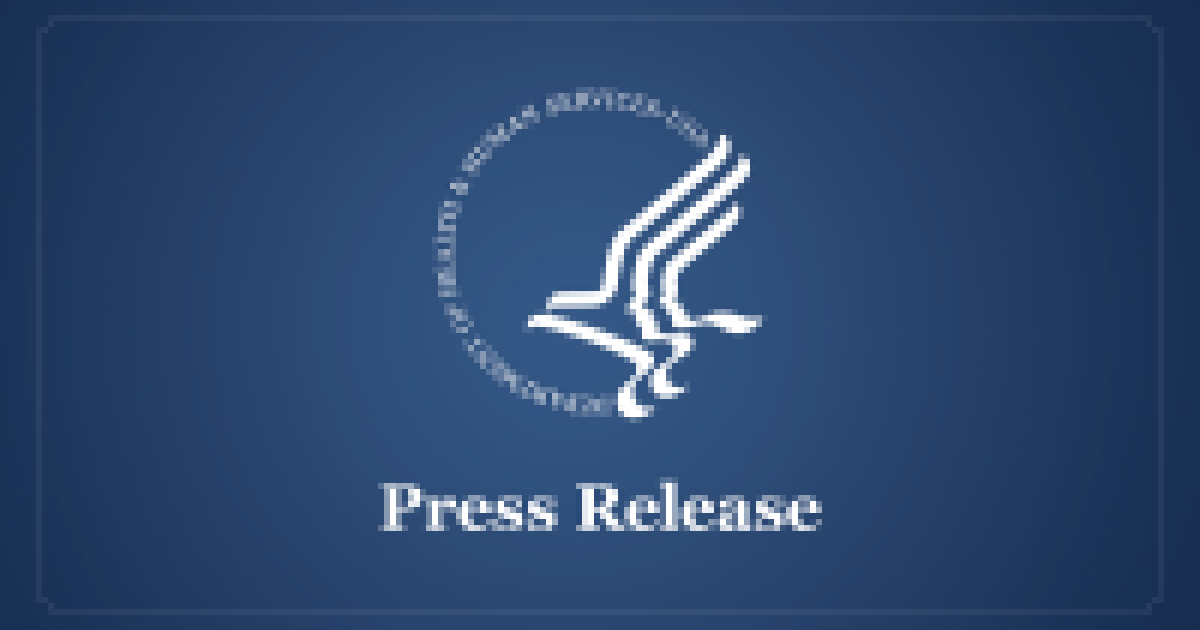
Program Continues to Improve HIV Health Outcomes and Make Progress to End the Epidemic in the U.S. Overall and for High Need Populations
Today, in commemoration of World AIDS Day, the U.S. Department of Health and Human Services (HHS), through the Health Resources and Services Administration (HRSA), released the latest Ryan White HIV/AIDS Program data, which show that nine out of ten people with HIV receiving medical care through the program are virally suppressed. Viral suppression means people with HIV taking their medication cannot sexually transmit HIV and can live longer and healthier lives. The percentage of Black/African American clients, Hispanic/Latino clients, and youth and young adult clients receiving care through the program and achieving viral suppression all far exceed overall national viral suppression rates. This announcement highlights the Ryan White HIV/AIDS Program’s vital role in expanding access to care for individuals with HIV, improving HIV health outcomes, and ending the HIV epidemic in the United States.
“The Biden-Harris Administration remains dedicated to supporting people with HIV by increasing HIV awareness, ending stigma, and reducing barriers to HIV prevention and treatment,” said HHS Secretary Xavier Becerra. “We have the tools to end the HIV epidemic in the U.S. thanks to our ability to expand upon the vital work of our Ryan White HIV/AIDS Program and community health center program. But we need support to continue this critical fight.”
The Ryan White HIV/AIDS Program provides care and treatment services to low-income people with HIV, with a strong focus on tailoring approaches to best meet the needs of high-need communities and addressing factors like access to housing and transportation that directly affect clients’ ability to enter and stay in care. The federal Ending the HIV Epidemic in the U.S. (EHE) initiative expands upon the vital work of the Ryan White HIV/AIDS Program to reach people newly diagnosed with HIV and people with HIV out of care by enhancing linkage to and engagement in care, decreasing disparities, and improving viral suppression. However, the Appropriations Committee in the House of Representatives recently proposed eliminating funding for this initiative.
“Our Ryan White HIV/AIDS Program has made incredible progress over the last 33 years toward making it possible for people with HIV to live long, healthy lives,” said HRSA Administrator Carole Johnson. “Today’s data highlights that achievement and underscores the importance of sustained investments in HIV care, prevention and treatment activities so that we can end the HIV epidemic in the U.S. once and for all.”
New Ryan White HIV/AIDS Program data highlight:
- Nearly 560,000 people with HIV in the U.S. received life-saving care, medication, and essential support services through Ryan White HIV/AIDS Program recipients.
- Nine out of ten clients receiving HIV medical care were virally suppressed in 2022, which means they can live longer and healthier lives without fear of transmitting HIV. This is up from 70 percent of clients virally suppressed in 2010 and significantly higher than 66 percent virally suppressed nationally.
- More than 87 percent of Black/African American clients receiving HIV medical care were virally suppressed and over 91 percent of Hispanic/Latino clients were virally suppressed in 2022. This represents a significant increase from 63 percent (Black/African American clients) and 74 percent (Hispanic/Latino clients) in 2010.
- Among youth and young adult clients aged 13 to 24 years, nearly 84 percent receiving HIV medical care were virally suppressed in 2022, a major increase from 47 percent in 2010.
The Ryan White HIV/AIDS Program supports recipients that address the epidemic in communities most severely affected by HIV, including cities and counties (Part A); states and territories (Part B); local community-based groups that provide ambulatory health services for people with HIV (Part C); local community-based groups that provide medical care for low-income women, infants, children and youth with HIV (Part D); and for HIV workforce education and training, oral health care, improving access to HIV care and health outcomes for minorities, and other innovative models of HIV care and treatment (Part F).
To access the new 2022 Ryan White HIV/AIDS Program Client-Level Data Report, visit: https://ryanwhite.hrsa.gov/sites/default/files/ryanwhite/data/rwhap-annual-client-level-data-report-2022.pdf.
To learn more about HRSA’s Ryan White HIV/AIDS Program, visit ryanwhite.hrsa.gov.
For more information about HRSA’s role in the Ending the HIV Epidemic in the U.S. initiative, visit www.hrsa.gov/ending-HIV-epidemic.


